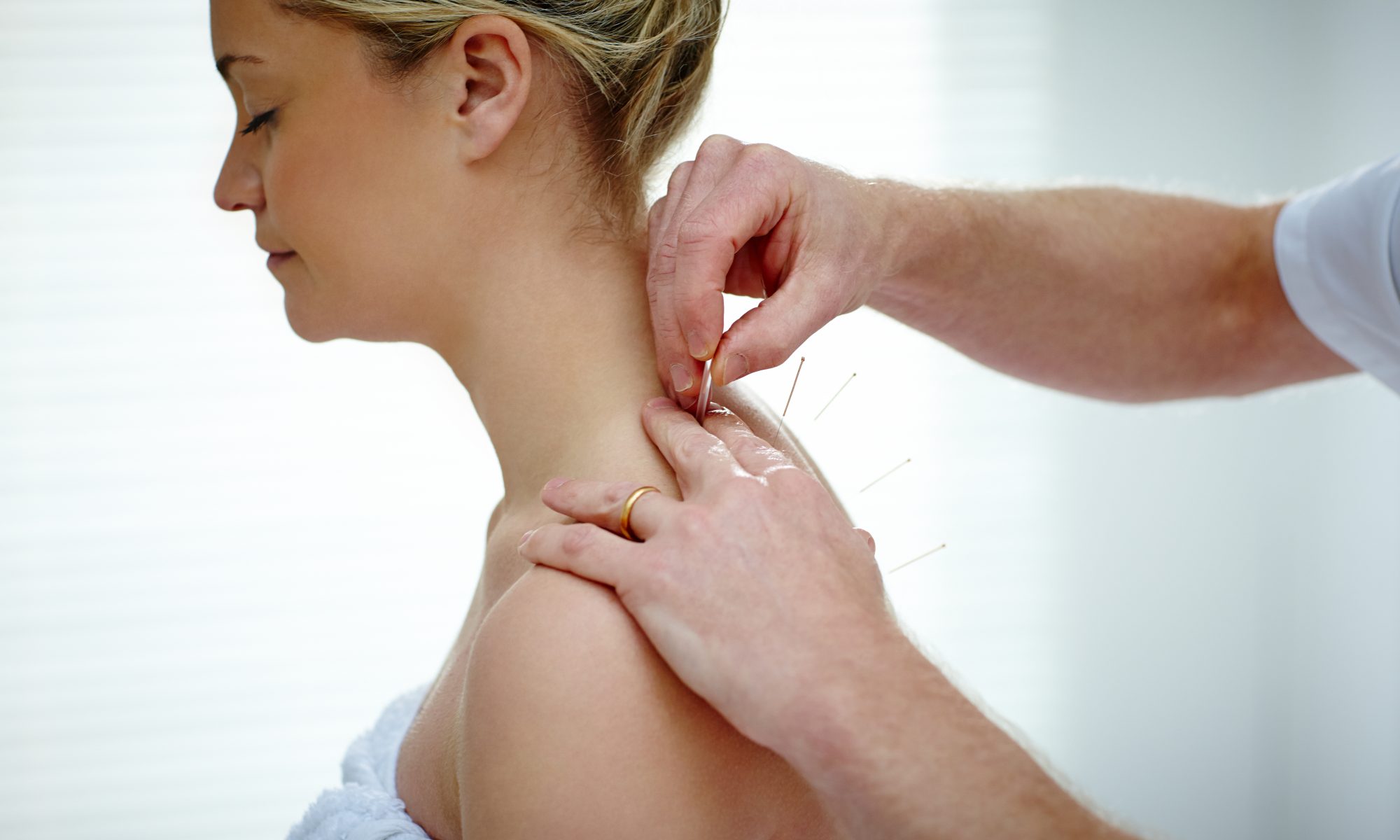A dry needling physio melbourne dry needling physio provides a pain relief that can be use for many different conditions. They will use acupuncture techniques, similar to Dry Needling Therapy, to help alleviate pain by releasing trigger points and increasing movement. The Needles are sterile and extremely fine, so there is no risk of injury to the patient even though they are insert directly into the muscle. Acupuncture needles and injection needles are different from Dry Needling because they are much thicker than other needles but both work on the same principle: stimulating specific points on our body which helps heal an illness or injury.”
A dry needling physio, which uses a technique known as Dry Needling Therapy, can help alleviate pain.
Dry needling is a technique used to treat pain. It is also called dry needling therapy. Dry needling differs from acupuncture in that it does not use needles, but instead uses thin filiform needles placed into trigger points and muscle groups to release tension. This can be perform by either the patient or their physiotherapist. This treatment may be use in conjunction with other treatments such as medical massage, joint mobilization and/or manipulation, soft tissue mobilization techniques (such as neurodynamic stretching), therapeutic exercises and more.
 The Needles are sterile and extremely fine, so there is no risk of injury to the patient.
The Needles are sterile and extremely fine, so there is no risk of injury to the patient.
The needles are insert into your muscles using a tiny needle holder that looks like a pencil, but is hollow and has a sharp point at one end. Your physiotherapist will gently guide it through your skin until the tip of the needle comes out on the other side of your muscle. When it does this it feels like a small sting or pinch which you may feel for a few seconds before you start to feel better in that area of pain or tightness!
Acupuncture needles and injection needles are different to Dry Needling needles.
The acupuncture and injection needles are different from Dry Needling needles because they are much thicker. Acupuncture needles have a small surface area under the skin, whereas Dry Needling needles have a larger surface area in the muscle. Dry needling is also often confused with acupuncture, which involves inserting long thin filiform (hair-like) stainless steel or copper needles into specific points on your body to unblock energy pathways and release pain signals. The difference between dry needling and acupuncture is that dry needling doesn’t require any insertion into the skin; it’s perform by inserting very fine stainless steel or titanium “dry” needles directly into your muscles.
Dry needling physio melbourne was develop in China while Acupuncture was develop in Japan and Korea.
Although acupuncture and dry needling physio melbourne are similar in many ways, some key differences exist. Dry needling was develop in China while acupuncture was develop in Japan and Korea. Dry needling is a Western treatment method that involves inserting needles into the body to treat pain, inflammation and trigger points. It’s also referred to as intramuscular stimulation (IMS) or trigger point dry needling therapy. Acupuncture uses needles to stimulate specific points on the body for therapeutic purposes. The practice originated in China over 2,500 years ago where it remains popular today with around 80% of the population having used acupuncture at some point in their lives.
Dry Needling is a cheap procedure compared to other treatments available on the market today.
Acupuncture – costs around $100 for a treatment which lasts for about 20 minutes.Surgical procedure – costs around $10,000 for an operation that could take anywhere from 1 hour to 8 hours depending on how complicated it is. Physical therapy – costs around $80-$120 per session (usually 10-15 sessions) depending on your insurance
An Acupuncturist will use Chinese Medicine and acupuncture techniques for holistic healing.
Dry needling is a form of acupuncture, but it’s a technique that concentrates on the needles, rather than being holistic. A dry needler will use needle therapy for pain relief, tissue rehabilitation, and diagnosis. Dry needling can be use alongside other treatments like physiotherapy and massage therapy. Dry needling is cheaper than acupuncture because it doesn’t involve the traditional Chinese Medicine approach which involves herbal medicine, cupping, tui na and gua sha (scraping).
They will generally be refer from another doctor or physiotherapist as a final result.
In summary, dry needling is a great tool to treat pain and inflammation. It’s not a cure-all, but it can be use as part of an arsenal of tools to manage pain and improve mobility. However, it should only be consider after your doctor or physiotherapist has explored all other options. Dry needling is not a replacement for traditional medicine and treatment such as medication or surgery.
Dry needling is an effective way of reducing pain and increasing mobility.
It is important to note that dry needling should not be use in place of other treatments such as physiotherapy or surgery. Rather, it can be use in conjunction with these to help improve your recovery time and rehabilitation.
Conclusion
Dry needling melbourne is a safe and effective treatment for many different conditions, but it is not a substitute for traditional medicine. The best way to find out if dry needling is right for you is to talk to your doctor or physiotherapist about the options available and decide together what will work best for your situation.

